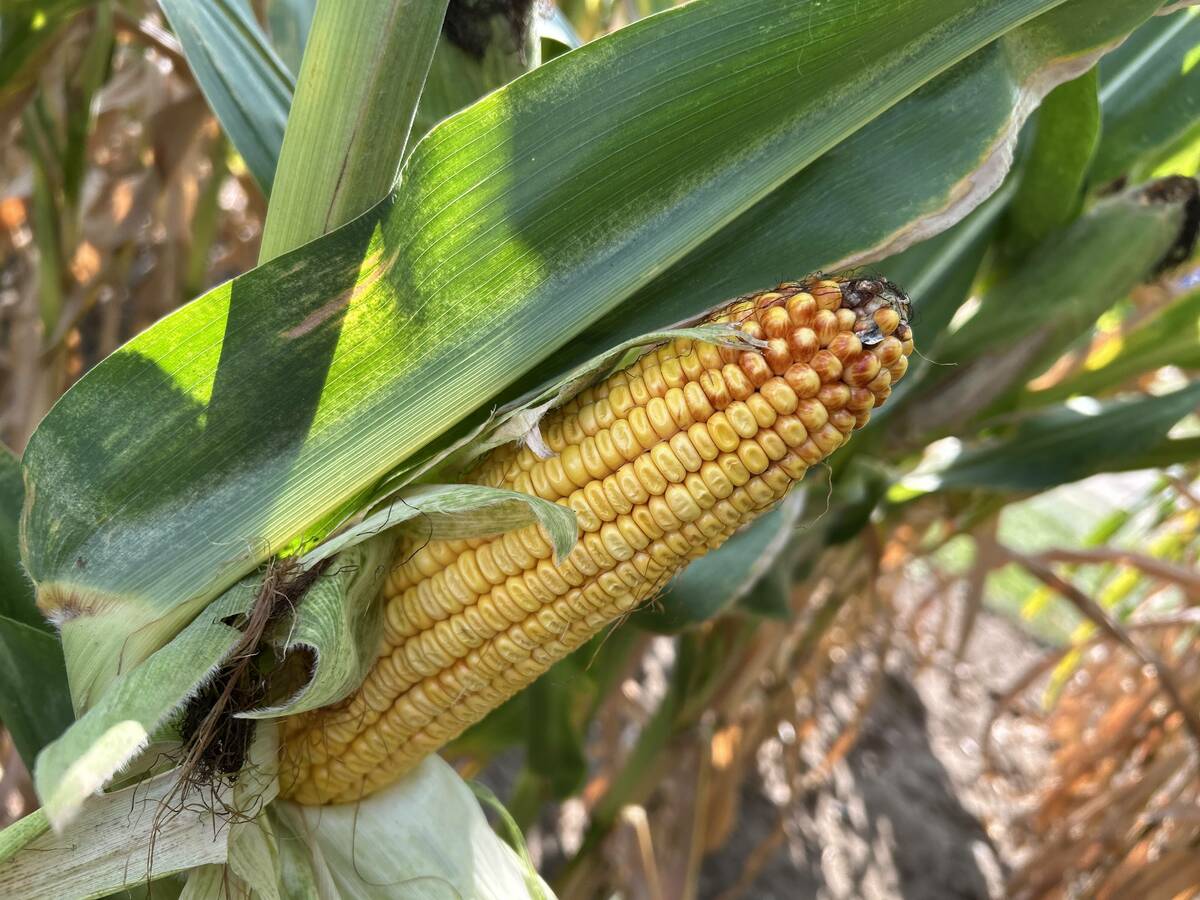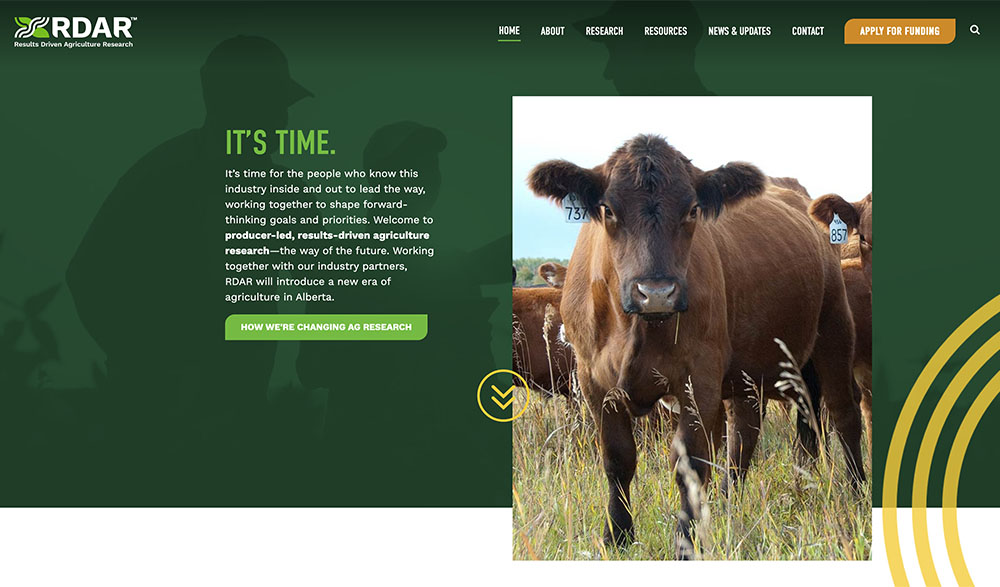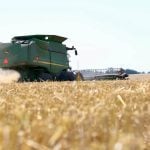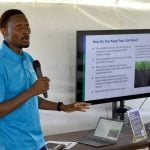The first call for research proposals and funding through Alberta’s new Results Driven Agriculture Research entity yielded 117 applications requesting more than $33 million.
Dr. David Chalack, chair of RDAR, gave an update on the organizations activities Dec. 3 during the online Farming Smarter conference. The farmer-led organization has $4 million to distribute in this first round of applications and asked for proposals involving soil health and quality, water quality and efficiency, feed production or plant and animal diseases and pests.
Chalack said recipients of the initial funds will be determined later this month or in early January.
Read Also

Crop estimates show mixed results
Model-based estimates used by Statistics Canada showed the 2025/26 crop year has seen increases in canola, corn for grain, oats and lentils production while seeing dips in spring wheat, durum wheat, soybeans and barley in comparison to 2024/25.
“Getting money out to folks was a priority for everyone,” said Chalack.
As well, RDAR is reviewing another 100 proposals from partners and marketing boards. All told, there were requests from that group for another $28 million.
Soil and water initiatives figured highly in the applications received, Chalack said, and recipients will be selected based on merit as opposed to distributing funds evenly across the four areas initially targeted.
RDAR was established in March and will be provided with $37 million per year in government funds for the next 10 years. Chalack said RDAR is now reviewing the 11th draft of a funding agreement with the government and “we are very close to signing that.”
Care in drafting the agreement shows the diligence involved and the need to ensure government is at arm’s length from agricultural research, as it has said it wants to be.
“It doesn’t mean that we’re at loggerheads at all,” said Chalack in a question and answer session following his presentation. He said careful negotiation is necessary when developing a new entity to serve farmers and ranchers.
RDAR plans to have a meeting in March 2021 to adopt bylaws and elect a permanent board.
Its members include 19 marketing boards and commissions, 12 industry associations and two applied research and forage associations. Its advisory committee members include all of those plus 10 more applied research and forage organizations and seven post-secondary institutions.
“The first time that the minister suggested that we have all of these stakeholder as advisory members, I laughingly called it the United Nations of committees,” said Chalack. However, the group has been able to achieve its goals even with challenges from the pandemic.
He emphasized the “results-driven” focus of RDAR.
“It is true that research is a broad spectrum, from pure research to applied, and then eventually to the extension and knowledge transfer piece, and we all know that research that sits on the shelf or a book and cannot be incorporated into the daily activities of farmers, and creating and making a difference, is not of any value.”
















